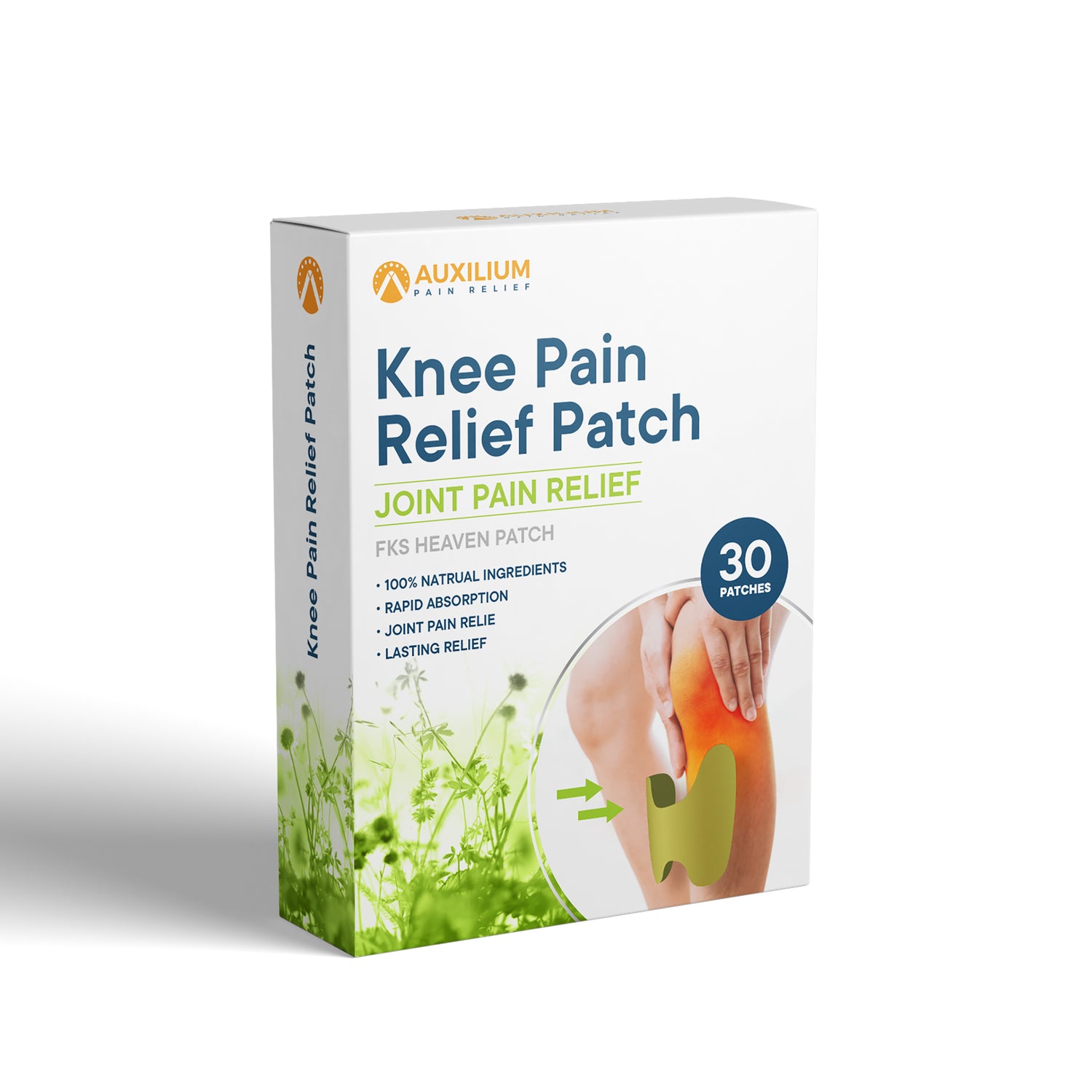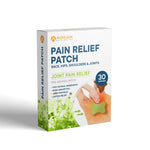Intro
Joint pain is a common issue that many individuals face, affecting areas such as the hips, shoulders, neck, and knees. Keeping up with the latest research in joint pain management is crucial for those seeking relief and restoration. In this blog post, we will review the current trends in joint pain management research, highlighting successful strategies and breakthroughs in the field.
Understanding the Underlying Causes of Joint Pain
In the journey toward managing joint pain effectively, a pivotal step is delving into the root causes that precipitate this discomfort. The genesis of joint pain can be multifaceted, encompassing a spectrum from acute injuries that jar the very structure of our joints to the gradual wear and tear that comes with overuse. Arthritis emerges as a prominent antagonist in this narrative, with its various forms orchestrating inflammation and degradation within the joints. Additionally, the silent yet pervasive role of inflammation in exacerbating joint pain cannot be overstated. This complex interplay of factors underscores the necessity of a nuanced approach to diagnosis and treatment. By adopting a strategy that is as precise and personalized as the intricate web of causes behind joint pain, medical practitioners are better equipped to craft interventions that not only alleviate pain but aim at the heart of the issue. This tailored approach ensures that the path to relief and restoration is as informed and effective as possible, setting the stage for advancements in joint pain management that promise a future where discomfort does not dictate the boundaries of one’s life.
The Rise of Non-Invasive Treatments in Managing Joint Pain
The landscape of joint pain management is witnessing a significant paradigm shift with the emergence of non-invasive treatments. As we pivot away from the conventional reliance on surgical interventions, a new era of therapies has come to the forefront, offering a beacon of hope for those grappling with the daily challenges of joint discomfort. Among these, ultrasound therapy emerges as a cornerstone, utilizing sound waves to foster healing and mitigate pain without the scalpel's touch. Similarly, acupuncture, with its roots in ancient medical traditions, provides a bridge to modern pain management techniques, tapping into the body's natural pain-relieving mechanisms.
Laser therapy, too, stands out as a testament to the power of light in healing, delivering targeted treatment that reduces inflammation and encourages tissue repair. These methods underscore a commitment to not just managing pain but enhancing the quality of life for patients. They stand as a testament to the innovative spirit driving current research, offering treatments that are not just effective, but also align with patients' preferences for less invasive options. This shift towards non-invasive strategies not only reflects the evolving landscape of medical technology but also a deeper understanding of the body's capacity for recovery, charting a course toward a future where managing joint pain is increasingly within reach, without the need for invasive procedures.
The Role of Nutrition and Supplements in Joint Health
Diving into the sphere of nutrition reveals its pivotal role in maintaining and enhancing joint health. The adage, "You are what you eat," finds profound relevance here, as a diet replete with anti-inflammatory agents can significantly temper the fires of joint discomfort. Foods rich in omega-3 fatty acids, such as salmon and flaxseeds, stand out as allies in this ongoing battle against inflammation, offering a natural pathway to soothe the aches that beleaguer our joints. Similarly, the vibrant hues of fruits and vegetables are not just a feast for the eyes but harbor bioactive compounds that wage war on inflammation and oxidative stress, two notorious culprits behind joint pain.
On the supplement front, the duo of glucosamine and chondroitin often garners attention for their joint-supporting potential. These supplements, heralded for their capacity to nurture joint health, represent a cornerstone of a proactive strategy aimed at fortifying the structural integrity of our joints. Yet, the journey through the realm of supplements is one that necessitates guidance, underscoring the importance of consulting with healthcare professionals to tailor a regimen that aligns with one’s unique health blueprint.
Engaging with nutrition and supplements as instruments of joint health not only empowers individuals to navigate the complexities of joint pain but also encapsulates a broader commitment to nurturing the body’s intrinsic healing capabilities. Through this lens, the pursuit of dietary excellence and judicious supplementation emerges as a critical element of a comprehensive approach to managing joint discomfort, illuminating a path forward that is both nurturing and restorative.
Breakthroughs in Regenerative Medicine for Joint Restoration
Regenerative medicine stands at the forefront of an exciting new era in joint restoration, propelling us into realms previously unimagined. This burgeoning field capitalizes on the body's innate healing mechanisms, introducing treatments that are as innovative as they are transformative. Among these, Platelet-Rich Plasma (PRP) therapy shines brightly, offering a minimally invasive option that leverages the body's own growth factors to foster healing and reduce pain. Similarly, stem cell therapy represents a monumental leap forward, harnessing the power of undifferentiated cells to regenerate damaged tissues and potentially reverse years of degeneration. These advancements are not mere incremental improvements but represent a seismic shift in how we conceive of and approach the treatment of joint pain. As research continues to push the boundaries of what's possible, these regenerative techniques are not only expanding our arsenal against joint pain but are also redefining the parameters of hope for countless individuals. In this light, regenerative medicine is not just about healing joints; it's about reimagining futures, one breakthrough at a time.
Exercise and Physical Therapy: A Cornerstone of Joint Pain Management
The symbiotic relationship between exercise and physical therapy forms the bedrock of effective joint pain management. Far from merely alleviating symptoms, this dynamic duo embarks on a mission to fortify the muscles that cradle our vulnerable joints, bestowing upon them a bastion of support. This strength, in turn, plays a pivotal role in diminishing discomfort and elevating our capacity for movement. Yet, the narrative does not end with mere muscle enhancement. Through carefully curated physical therapy routines, we unlock an increase in flexibility and range of motion, crucial allies in the quest for joint health. These targeted exercises are not generic prescriptions but tailored strategies, sculpted to meet the nuanced needs of each individual’s anatomy and pain profile. Engaging in this proactive regimen not only addresses the corporeal aspects of joint pain but also weaves in a tapestry of resilience and autonomy, empowering individuals to reclaim agency over their bodies. It’s a journey of small victories and gradual progress, where each step forward is a testament to the enduring power of exercise and physical therapy in the realm of joint pain management.
The Psychological Impact of Chronic Joint Pain
Navigating the waters of chronic joint pain isn't just a physical endeavor; it's a profoundly mental one as well. The incessant nature of this discomfort seeps into the psyche, transforming not just how one feels physically, but also coloring the emotional landscape with shades of frustration and despair. The relentless persistence of pain can erode the sense of self, tethering one's identity closely to the experience of suffering. This transformation is not trivial; it's a significant shift that can lead to a cascade of psychological challenges, including heightened anxiety and a descent into the throes of depression.
In the face of these challenges, cultivating mental resilience becomes paramount. Strategies such as mindfulness practices offer a beacon of light, enabling individuals to navigate their pain with a sense of presence and acceptance rather than resistance. Incorporating therapeutic interventions, either through professional counseling or supportive community groups, provides a platform for sharing experiences and strategies, fostering a sense of connectedness and mutual support in the journey towards managing not just the body’s pain but the mind’s turmoil as well.
Acknowledging the psychological impact of chronic joint pain compels us to broaden our approach to management, understanding that true relief encompasses both the physical and the emotional realms. It’s a holistic pursuit that honors the complex interplay between mind and body, acknowledging that healing one requires tending to the other.
Future Directions in Joint Pain Research
The horizon of joint pain research is ablaze with possibilities, hinting at a future where the shackles of discomfort could be significantly loosened. Innovation, driven by the synergetic efforts of medical facilities and research institutions, is paving the way for novel interventions that promise to redefine our understanding and treatment of joint pain. This collaboration is key to unlocking groundbreaking therapies that might soon move from the realm of possibility to the hands of those in need. Emerging trends focus on precision medicine, a personalized approach that tailors treatment to the individual's genetic makeup, lifestyle, and specific conditions, promising a more targeted and effective management of joint pain. Additionally, the exploration of digital health technologies, including wearable devices and tele-rehabilitation programs, offers exciting prospects for remote monitoring and management of joint conditions, enhancing access and adherence to personalized treatment plans. As we look forward, the fusion of technology, personalized medicine, and innovative therapies heralds a new era in joint pain management, promising not only to alleviate pain but to restore quality of life for millions.




